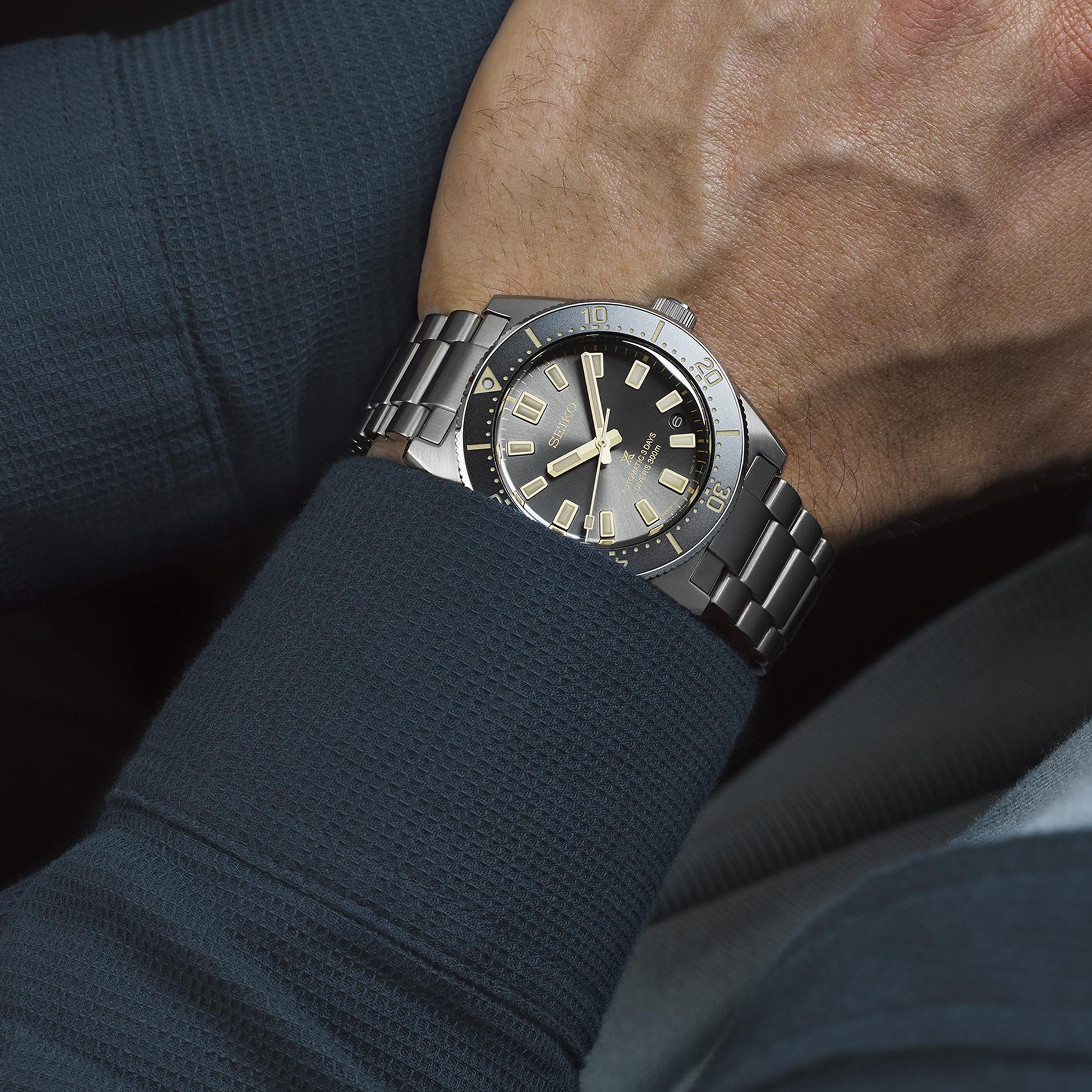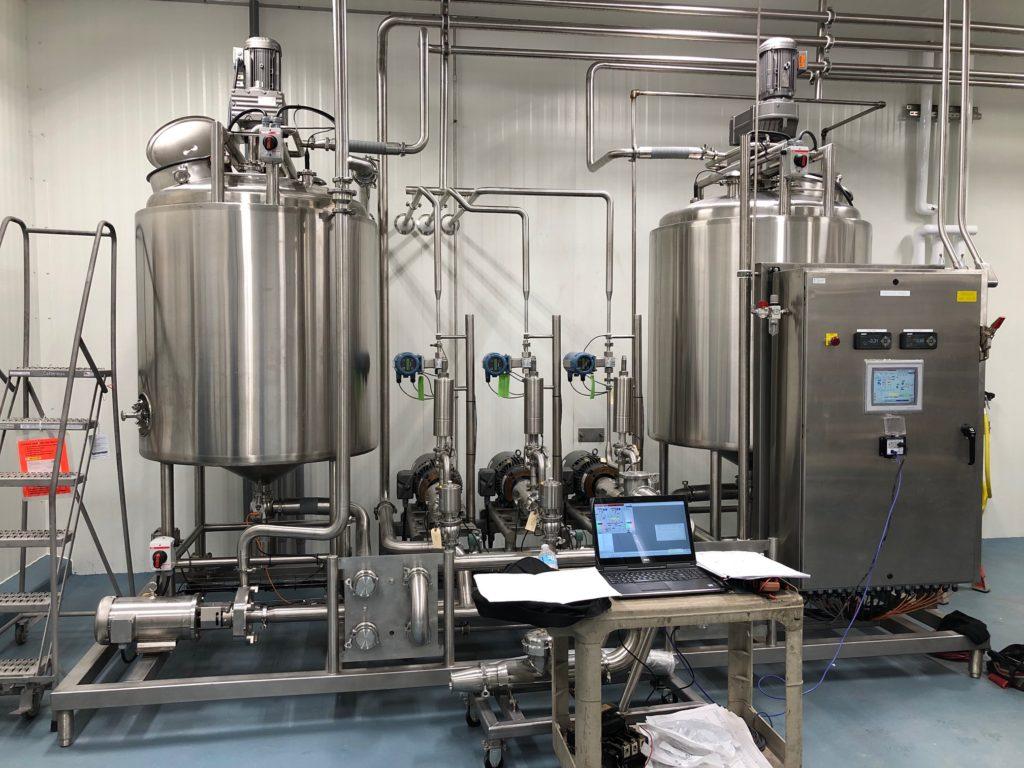The Quartz Revolution and Beyond: Inside Seiko Watches

Few brands have left as profound an impact on the watch industry as Seiko. From humble beginnings in Tokyo to becoming a global leader in horology, Seiko’s story is one of constant innovation, precision, and accessibility. Among its many contributions, the introduction of the Quartz Astron in 1969—the world’s first quartz wristwatch—stands as a defining moment that not only https://seikowatch.co.uk/ reshaped Seiko’s legacy but also revolutionized the entire watchmaking industry. Yet, Seiko’s story does not end with quartz. The brand has continued to innovate, blending traditional craftsmanship with cutting-edge technology, ensuring its relevance in every era of timekeeping.
Before Quartz: Building a Legacy
Seiko was founded in 1881 by Kintarō Hattori, who opened a small watch and clock repair shop in Tokyo’s Ginza district. With a vision to keep Japan “one step ahead of the rest,” Hattori established the Seikosha factory in 1892, producing quality timepieces that gradually gained recognition.
By 1913, Seiko had introduced the Laurel, Japan’s first wristwatch, setting a precedent for the brand’s pioneering spirit. Over the following decades, Seiko became synonymous with precision and reliability, laying the groundwork for the breakthrough that would forever change watchmaking—the quartz revolution.
The Quartz Revolution (1969)
In December 1969, Seiko unveiled the Quartz Astron, the world’s first quartz wristwatch. Unlike traditional mechanical movements, which relied on gears and springs, quartz technology used a vibrating quartz crystal regulated by an electronic circuit. The result was unprecedented accuracy: the Astron was accurate within five seconds per month, far beyond the capabilities of even the best mechanical watches of the time.
The release of the Quartz Astron marked the beginning of what became known as the Quartz Revolution (or Quartz Crisis in Switzerland). Mechanical watchmakers—particularly in Switzerland—suddenly faced a new reality. Consumers now had access to watches that were more accurate, more affordable, and easier to maintain. Seiko had effectively democratized precise timekeeping, and the entire industry was forced to adapt.
Expanding the Vision: Beyond Quartz
While quartz technology cemented Seiko’s place in history, the brand did not stop there. Instead, Seiko used its pioneering spirit to explore new frontiers in horology.
-
Kinetic Watches (1988): Combining quartz accuracy with self-charging convenience, Seiko introduced kinetic movements that generated power through wrist motion.
-
Spring Drive (1999): After decades of research, Seiko unveiled Spring Drive, a hybrid movement that fused the mechanical mainspring with an electronic regulator. Its hallmark feature—a perfectly smooth sweeping second hand—symbolized a new harmony between tradition and modernity.
-
Solar Watches: Seiko also pioneered solar-powered timepieces, offering sustainable, low-maintenance watches long before eco-friendly design became mainstream.
These innovations proved that Seiko was more than just the brand that introduced quartz—it was a brand committed to constantly advancing the art and science of watchmaking.
A Collection for Every Wearer
Seiko’s success also lies in its ability to provide watches for every lifestyle and budget, all while maintaining quality and style.
-
Seiko 5 Sports: Affordable, durable, and versatile, these models are popular with first-time buyers and casual wearers.
-
Prospex: Built for professionals, this line includes rugged diving, aviation, and field watches trusted by adventurers worldwide.
-
Presage: A collection celebrating Japanese artistry, featuring enamel and lacquer dials combined with fine mechanical movements.
-
Astron: The evolution of quartz, Astron GPS Solar watches adjust automatically to time zones, embodying modern convenience.
-
Grand Seiko: Once a Seiko sub-brand and now a luxury name of its own, Grand Seiko represents the pinnacle of Japanese craftsmanship and precision, rivaling the finest Swiss houses.
This diversity reflects Seiko’s belief that excellence should be accessible to everyone, not just a select few.
The Enduring Appeal of Seiko
What makes Seiko particularly remarkable is its ability to balance heritage and innovation. While some brands cling solely to tradition and others chase technology at the expense of craftsmanship, Seiko embraces both. Its mechanical timepieces continue to attract collectors who admire artistry, while its technological advances keep it relevant to modern wearers who value convenience and accuracy.
Moreover, Seiko has maintained a philosophy of accessibility without compromise. Whether you buy a budget-friendly Seiko 5 or invest in a Grand Seiko masterpiece, you’re assured of a timepiece that embodies Japanese dedication to quality and precision.
Final Thoughts
The story of Seiko is inseparable from the Quartz Revolution, a milestone that forever changed watchmaking. Yet, what makes Seiko extraordinary is that it did not stop with quartz—it continued to innovate, blending Japanese craftsmanship with forward-looking technology.
Today, Seiko stands as a global icon, admired not only for its past contributions but also for its ongoing pursuit of excellence. From mechanical artistry to solar and GPS innovations, Seiko has proven that it can honor tradition while shaping the future.
Inside every Seiko watch is more than just a way to tell time—it is a piece of history, a showcase of innovation, and a symbol of the brand’s enduring vision. From quartz and beyond, Seiko continues to lead the world in precision, craftsmanship, and style.








